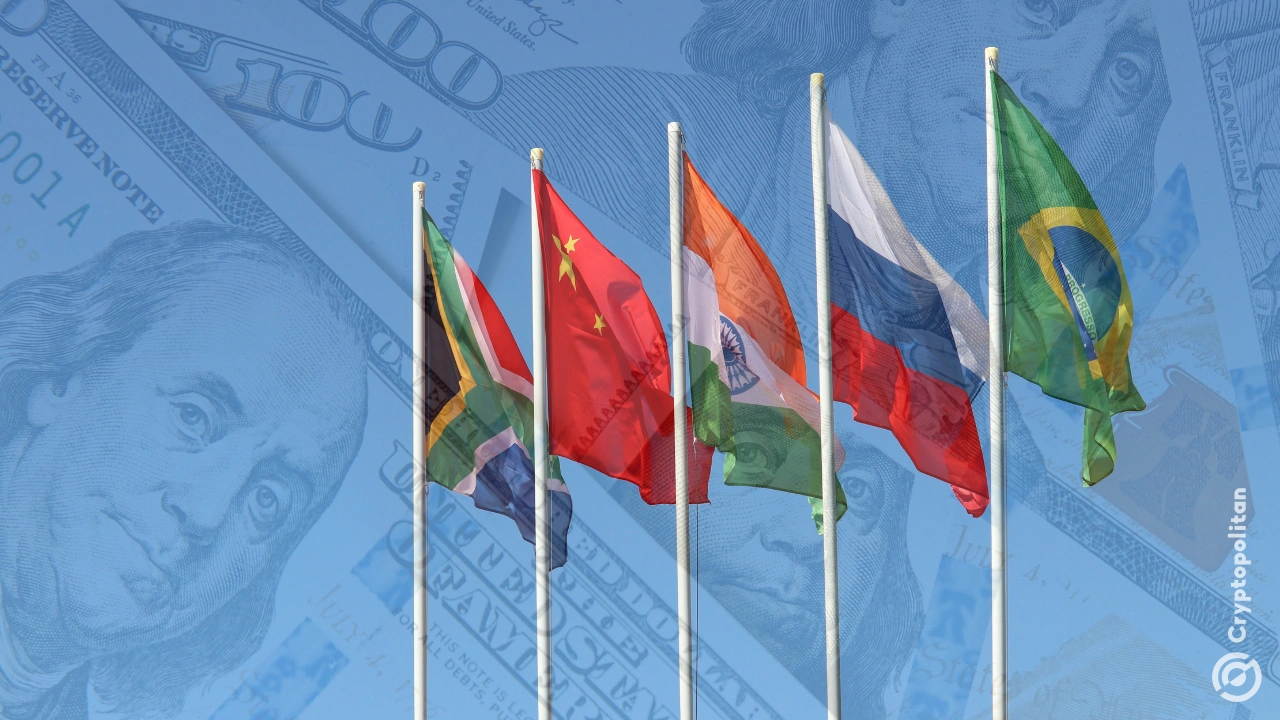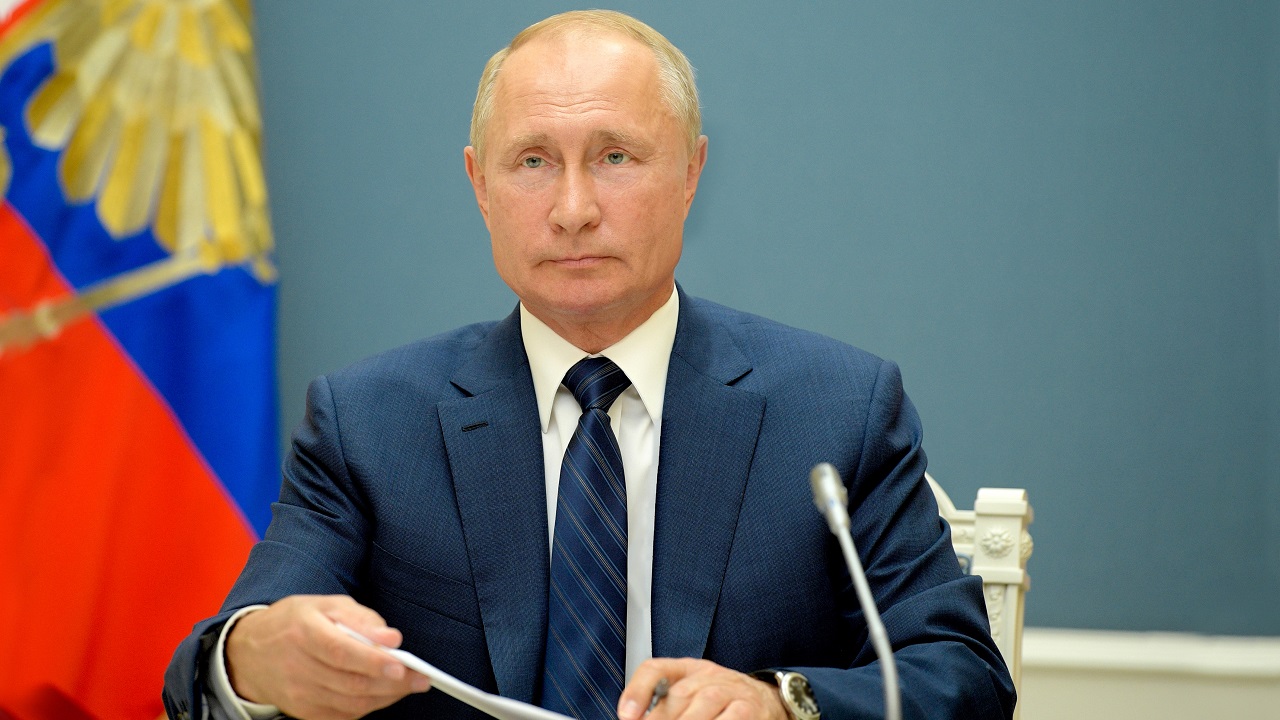The US dollar walked through 2024 like it owned the place, and in many ways, it still does. Despite big promises and louder rhetoric, BRICS+—a bloc now made up of Brazil, Russia, India, China, South Africa, plus new members Egypt, Ethiopia, Iran, and the UAE—couldn’t land a punch on the greenback.
Their de-dollarization campaign was ambitious, yes, but last year showed that ambition isn’t enough. Now with a new year ahead, the question is simple: will this year be different?
In theory, BRICS+ should be a financial powerhouse. These guys represent 45% of the world’s population and control 42% of global bank foreign exchange reserves. They’ve got the numbers, the resources, and the motivation.
But the dollar isn’t an easy opponent. It runs 90% of global foreign exchange trades and still dominates the oil market, with 80% of transactions tied to it. BRICS+ talked big about breaking free, but the reality didn’t match the hype. Let’s break down why.
The bold ideas that went nowhere
Last year, BRICS+ leaders gathered in Kazan, Russia, to unveil their master plan. The summit was packed with big ideas and even bigger promises. First up, they pitched a gold-backed currency—nicknamed the “Unit.”
It was supposed to provide stability, backed by 40% gold and 60% local currencies from BRICS+ nations. The idea? Create a credible alternative to the dollar. Sounds good, right? Except it’s still just an idea. No timelines, no structure, no execution.
Then there was the cross-border payment system. This plan was gonna let BRICS+ countries trade in their own currencies without touching the dollar. Again, it’s ambitious. But building that kind of financial infrastructure isn’t a weekend project.
These countries have wildly different economies and priorities, making coordination a logistical nightmare. Even at their own summits, Russia—one of the loudest voices in the anti-dollar crowd—advised attendees to bring US dollars or euros for transactions. Talk about mixed signals.
Efforts to push local currencies weren’t much better. India signed deals with the UAE and Malaysia in 2023 to use local currencies in trade, but those agreements were small steps, not giant leaps. By the end of 2024, non-dollar oil trades made up just 20% of the market. That’s progress, sure, but not enough to make the dollar sweat.
Trump, tariffs, and the dollar’s unshakable grip
If there’s one person who isn’t losing sleep over BRICS+, it’s Mr. President Donald Trump. Last year, he issued a stark warning to BRICS+ nations: try to undermine the US dollar, and you’ll face 100% tariffs. “Say goodbye to the thriving US economy,” he declared.
Trump’s return to power adds complexity to the de-dollarization saga. Analysts predict his policies, especially on tariffs, will push the dollar even higher in 2025. Nomura Securities expects strong demand for the greenback as inflation concerns keep the Federal Reserve from slashing rates.
But Trump’s aggressive stance could also backfire. Economists warn that isolating BRICS+ might accelerate their efforts to bypass the dollar, especially as China and Russia deepen their financial ties.
Russian President Vladimir Putin has been strong but measured in his approach, as per usual. He insists BRICS+ isn’t about destroying the dollar but reducing dependence on it. “These aren’t anti-dollar moves,” he said. “They’re about adapting to changing economic conditions.”
Still, Russia’s actions tell a different story. Despite all the talk, they remain deeply tied to dollar transactions, especially in the oil market.
Could Trump and Putin actually cooperate?
Here’s where things get weird. As much as Trump and Putin love a good power play, there’s a growing possibility of US-Russia cooperation. Why? Because Trump believes he can end the Ukraine war, and Putin says he’s willing to talk about it.
Reports suggest Putin might be open to a ceasefire, though with extensive conditions. If Trump pulls it off, it’d be historic. Not many people can boast about pulling off something that iconic. The two men have a would-they-won’t-they bromance going on, and no one knows if they’ll actually get along for real this time.
And here’s the catch. Any US-Russia partnership would undermine BRICS+ efforts to challenge the dollar. If they get close, that could also stabilize global markets in ways that benefit the dollar and leave BRICS+ scrambling for relevance.





